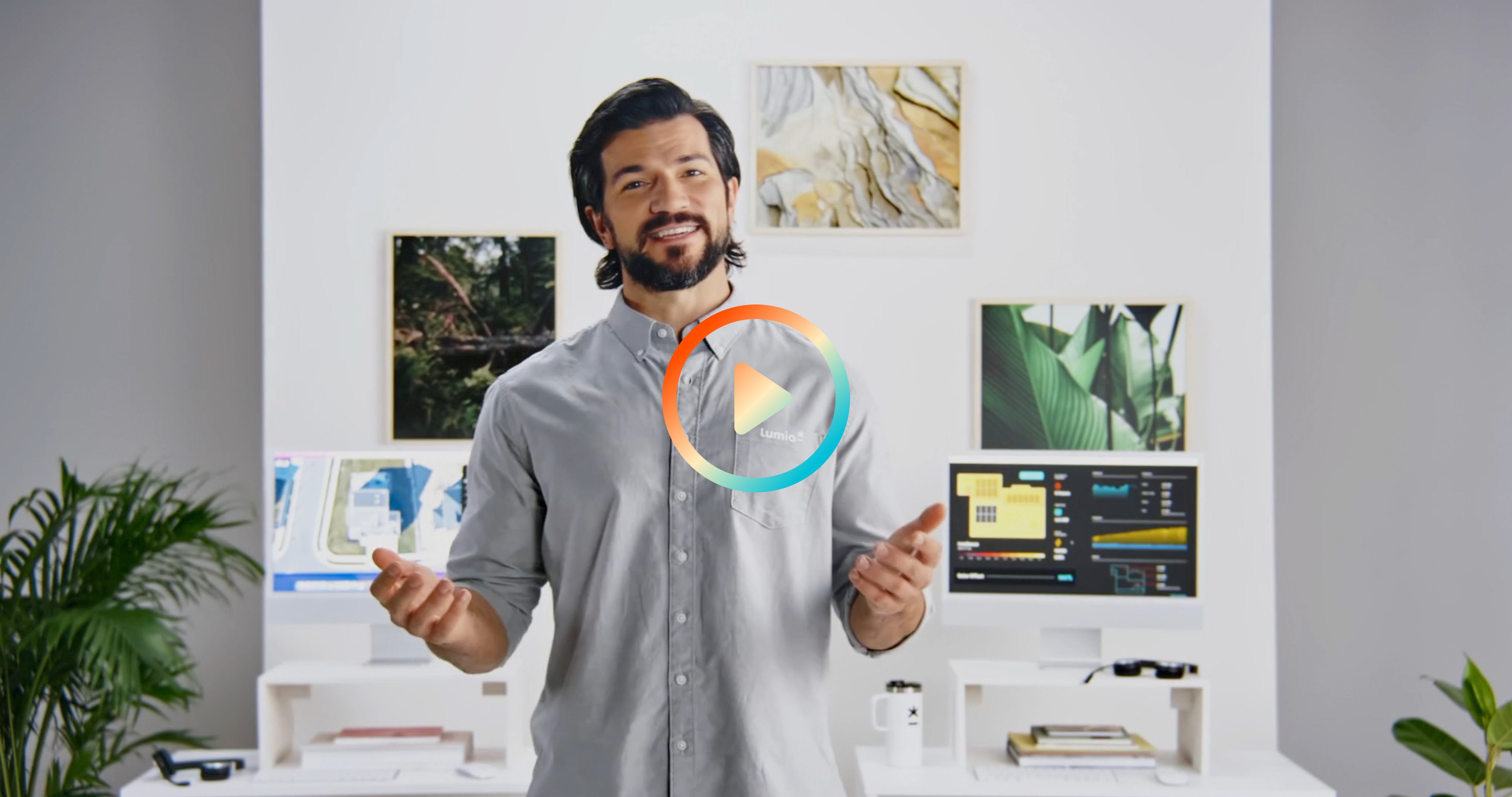Designing a Great Residential Solar System
Because a custom design is always cooler.

by Alex Kelleher
5 min read - Published on 05/10/2022
Your current energy provider holds all of the cards, and this could leave you dealing with unexpected power outages, unpredictable energy rates, and a larger-than-you-realize carbon footprint. A residential solar energy system puts you in control of your home’s power, and that journey starts with a custom, specialized design specific for your home.
When we design a solar energy system for your home, we strive to squeeze every penny of value from those solar power panels. An effective design will be tailored specifically to account for orientation, shading, roof angles, and any specific requests you might have will also be considered by your designer.
Design Challenges
Orientation
The tiny semiconductor cells on your solar panels are able to generate some electrical energy through indirect light, but energy production is optimized during exposure to direct sunlight. In a perfect world, each of your solar panels will be positioned so that the sun’s rays directly strike the panels at a perfect perpendicular angle, or 90 degrees.
While it may sound simple enough to orient the panels at a 90-degree angle, there are a few things that can make this nearly impossible to achieve all the time since the position of the sun changes constantly throughout the day. More than that, the sun’s position in the sky is also changing throughout the year as the earth’s axis position differs depending on its orbit around the giant ball of burning gas we call the Sun (read more about that here).
Location
The specific geolocation of your home must be taken into consideration. This refers to the line of latitude that your home sits on and it will determine the position of the sun in the sky when the sunlight hits your roof. Your location will also give our designs an idea of how the weather and cloud coverage in your area may complicate production estimates.
Don't worry, though—this gives us a chance to work our mathematical magic and customize a design for your home that maximizes the output from the least amount of panels in the most efficient way allowed by the rules of science.
Shade
Because a solar system is optimized for direct sunlight, shade will reduce the amount of energy your panels produce. No other way around that! Trees, roof obstructions like chimneys and other buildings can cast some gnarly anti-solar shadowing on your roof. The nerve! (More about that here)
How long the shade blocks your system from direct sunlight as the sun makes its way across the sky plays a key role in designing your system to the maximize the potential output of each panel to the fullest.
Roof Angle
There are also home-specific details that must be taken into account when we create your design—like the angle or pitch of your roofline. Your installed solar panels must be mounted and adjusted to match the pitch of the roof as closely as possible.
The direction that the roof faces also impacts the efficiency of your system. Consider that a roof’s surface facing true south produces the most energy. A roof’s surface that is angled southwest or southeast may produce eight percent less solar energy. This increases to 15 percent when the surface faces west or east.
Number of Panels
As you know, life can be tricky to predict. Same goes for your energy needs.
For example, you may run your HVAC system more heavily in July and August than you may in March or April. If your home uses gas for heating, your electrical energy needs may also be lower in the winter months.
During these lower-consumption months your panels will be producing more power than your home needs and that is where you get to spin your power meter backwards. Read more about Net Metering here.
Battery Backup
A backup battery system can help you to optimize the power that your system generates by first filling up your energy storage when you are producing extra power during the day before sending the rest out to the power grid.
While still a little pricey, battery backup systems are pretty amazing and do a great job essentially eliminating 99% of your dependence on your local power utility.
When solar energy is unavailable, such as during the evening or on extremely cloudy days, your home will use power from your backup battery system first before it starts to pull energy from the power grid. A battery system will store extra solar energy produced during the day for use later and allow you to optimize the full value of the solar energy your system produces.
Home Experience, Elevated™
A Design That Is Customized for You
Like a beautiful butterfly, every home is different and your solar design must be fully customized specifically for you.
Lumio’s design team uses proprietary software to take each of these data points into consideration while we design a system with your ideal offset target in mind. Most homeowners want to fully offset their reliance on grid-based power by installing a system that covers over 100 percent of their energy needs, but others may want to start with a smaller system and add to it over time. There's no wrong way to eat a Reese's or switch to solar.
Through a detailed analysis of these factors, our engineers use specialized design software to develop a plan for your home’s solar energy system that optimizes the sun’s potential. This includes determining how many panels should be installed on each roof surface, the layout of those panels, and their angle. Each system designed by Lumio is tailored to meet that home’s specific needs and optimized to squeeze the most power from every ray of sunshine that makes its way to your roof, while also staying within your budget.

The Benefits of a Customized Solar Energy System Design
You want to reap the greatest value of solar energy that is possible, and this requires tailoring a design that is perfectly customized to suit your home and your needs. What are the benefits of a customized solar energy system design?
- The orientation of your home’s solar energy system will be optimized to take full advantage of the sunlight that falls on your home.
- The angle of the panels will be tailored to account for your home’s exact geolocation and roof pitch.
- The output of the system will accommodate your specific energy needs.
- Through customization, you can avoid paying for a larger system than you actually need.
- The timeline to recoup the installation cost is minimized through a custom and fully optimized solar system design.
What We Do
Here at Lumio we are not only committed to customer satisfaction, we want you to fully enjoy the process of switching to solar and eventually the energy output your solar system provides.
Your energy consultant will carefully pull together all of the information necessary to generate a customized design presented to you in a detailed report including an illustration of the new design to see what your home will look like with solar installed, an outline showing how much energy your home uses throughout the year and how the new system will cover your needs.
We want you to be able to make your final decision and switch to solar with the highest degree of confidence.
Understanding Your Customized Design Quote
You will receive an incredible amount of data related to solar energy, your home, and your energy needs through a consultation and a customized design quote from Lumio. Through a careful analysis of this data, you can pull several key insights.
- By analyzing the cost of the panels, your current and your projected energy bills, you can more accurately determine how the residential solar energy system will impact your budget and identify the value of solar energy for your home.
- Your report will detail monthly energy consumption and help you make informed decisions to reduce energy consumption.
- The drawing of your home with the installed system can give you confidence that your curb appeal will not be diminished by the solar panels—quite the opposite!
- By comparing solar energy production to your home’s energy needs, you can know almost exactly what your future energy costs will look like.
For some homeowners, an energy system will yield immediate and significant savings pushing the limits at over 30%, and for others the savings may be more modest at first. But keep in mind that energy costs across the country have been rising steadily, and this trend is projected to continue.
What amounts to modest savings today could be much larger savings in a few years. It's time to flip the switch and make your power personal with Lumio.

